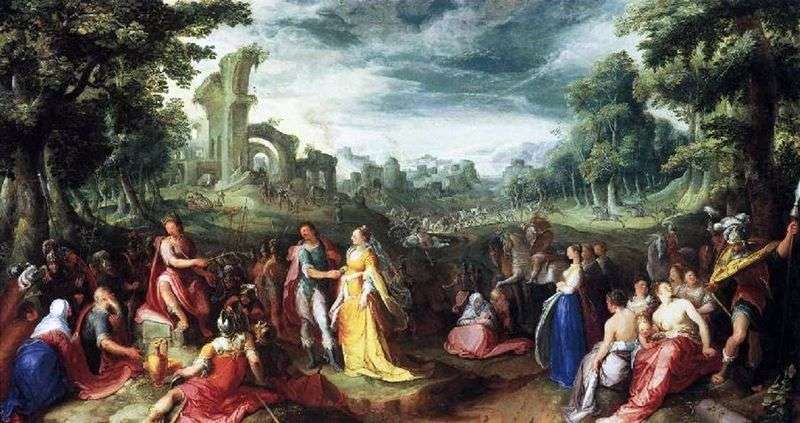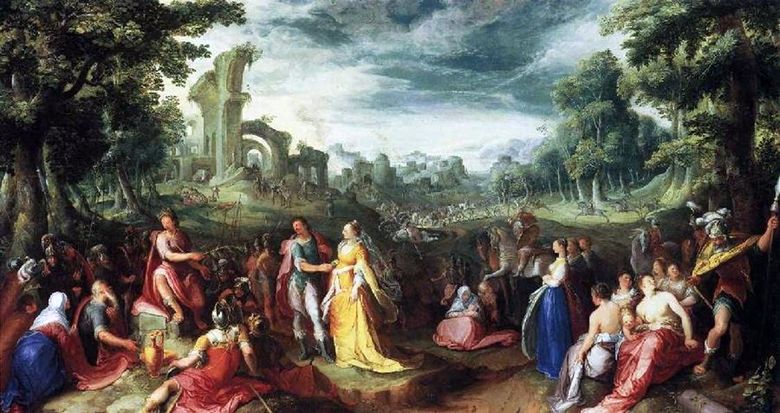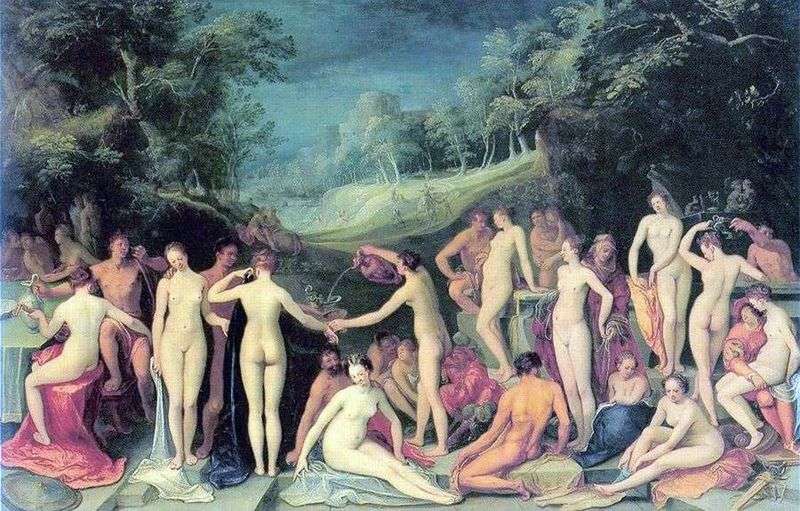
This – the story takes place in ancient Rome, during the Second Punic War. The Second Punic War – a military conflict between the two coalitions, headed by Rome and Carthage, for hegemony in the Mediterranean.
The official cause of the war was the siege and the seizure of the Spanish city of Sagunta by the Carthaginian commander Hannibal. After that, the Romans declared war on Carthage. At first, the Carthaginian army under the leadership of Hannibal defeated the Roman troops. The most significant of the victories of the Carthaginians is the battle of Cannes, after which Macedonia joined the war on the side of Carthage. However, the Romans were soon able to seize the initiative and launched an offensive. The final battle of the war was the battle of Zama, after which Carthage requested peace. As a result of the war, Carthage lost all of its possessions outside of Africa.
At the beginning of 209 Scipio decided on a sudden assault on the Carthaginian base from land and sea. Leaving about a 3,000-strong garrison under the command of Marc Silan, Scipio marched south with 25,000 soldiers in the spring. Scipio’s friend Gnei Lely commanded a fleet of 300 ships. The goal was on a narrow peninsula, so it was decided to build fortifications. The next morning, assault ladders had already leaned against the walls, but the Romans were repulsed by a supposedly detachment sent by the garrison commander, Magon.
During the third attempt, Lely landed sailors in the harbor to help the infantry. Finally Magon was surrounded and Scipio gave the order to stop the slaughter. Capturing New Carthage, Rome received additional food, silver mines and the harbor – a bridgehead for further progress to the south.
Residents of the city of Scipio left free, 2 thousand gunsmiths were promised freedom if they would work for Rome. Among the prisoners there was one beautiful girl. The soldiers, knowing that Scipio laid eyes on her, brought her to him, but Scipio, having learned that the girl loved a certain Spanish leader, Allucia, introduced her to him.
When the girl’s parents came in response to Scipio, and brought a ransom, so that Scipio let her go, Scipio showed generosity and, returning the girl, made it necessary that the ransom money should be her dowry at a wedding with Alluce. In gratitude, Allucius and 1,400 warriors of his tribe joined the army of Scipio.
These events served as the plot for the paintings of some artists called “The generosity of Scipio”.
Karel van Mandre painted this work on copper, on a white base, which gives the flowers greater intensity. The reverse side of copper is also decorated with the Allegory of Nature.
 Forbearance of Scipio of African by Pompeo Batoni
Forbearance of Scipio of African by Pompeo Batoni La generosidad de Scipio – Karel van Mander
La generosidad de Scipio – Karel van Mander La générosité de Scipion – Karel van Mander
La générosité de Scipion – Karel van Mander Abstinence Scipio Africain – Pompeo Batoni
Abstinence Scipio Africain – Pompeo Batoni Sofonisba drinks poison by Giovanni Francesco Caroto
Sofonisba drinks poison by Giovanni Francesco Caroto Flood by Karel van Mander
Flood by Karel van Mander Garden of Love by Karel van Mander
Garden of Love by Karel van Mander Sons of Israel dancing around the golden calf by Karel van Mander
Sons of Israel dancing around the golden calf by Karel van Mander